The Paleo diet has been compared to other eating plans, such as the Mediterranean diet or the diabetes diet. Overall, the results indicate that a Paleo diet can provide some benefits such as:
A more obvious weight loss.
One improves blood glucose levels.
It helps to control blood pressure and reduction of triglycerides better.
Better appetite management.However, longer trials are still needed to understand the possible risks of this diet as well.
Among the cons of a Paleo diet, whole grains and legumes are absent, which are considered a good source of fiber, vitamins, and other nutrients.
This diet also does not include dairy products, which are good sources of protein and calcium. On the Paleo diet, these products are substituted for meats and nuts.
And realistically, whole grains, legumes, and dairy are easy to come by and much cheaper than lean meat, making the Paleo diet more difficult to follow and more expensive.
When a person joins a Paleo diet, they find that the most difficult part of this food system is breakfast because we are used to choosing, for this meal, products that are not at all adapted to this type of eating system.
When you get up, you probably want toast bread accompanied by a coffee with milk, a ham sandwich with juice, or a bowl of granola with yogurt.
You will remember then that none of this fits into the Paleo diet, which makes this meal one of the most difficult moments of this type of diet.
However, the Paleo diet philosophy is that the most important thing is to eat quality food that is good for the well-being of our body, regardless of the time of day.
Just think of options such as poached, grilled, hard-boiled eggs and accompanied with half an avocado and some fruit.
The coffee, better without milk and sugar. If you can not with the flavor, choose the infusions, which are softer to consume, without adding sweeteners.
Example of the 1-day menu for the Paleo diet
Here’s an example of what you might eat on a typical day if you’re on a paleo diet:
Breakfast: Grilled salmon and melon.
Lunch: Roasted lean pork tenderloin and salad (romaine lettuce, carrot, cucumber, tomatoes, and lemon juice dressing).
Dinner: Baked lean beef tenderloin, steamed broccoli, salad (mixed leafy greens, tomato, avocado, onions, almonds, and lemon juice dressing), and strawberries for dessert.
A completely different model
The paleo diet proposes a completely different food guide, almost inverted, from the food pyramid that we know (with an abundant presence of carbohydrates) and proposes a return to the origins to regain health and vitality.
It is not a temporary diet but a complete paradigm shift. But the thing is not so simple: whenever a movement arises, its variations appear.
Thus, in the paleo diet, some currents defend that food should be eaten raw. It is raw paleo, a meeting point with non-vegan raw food.
Do you know the “stick” diet?
There is also a current “stick,” which comes from paleo + vegan, which proposes a much more plant-based paleo diet. They refuse to consume large amounts of animal protein for ethical or sustainability reasons, although they do include it in small doses, so its name is debatable.
Paleo-omnivorous proposals such as the ketogenic diet or the autoimmune protocol (AIP) have also been designed to combat widespread health problems. They are strict and, after following them, it is essential to adopt a new way of eating for life.
You can keep the good.
The paleo diet can bring an interesting point of view to veganism, as it emphasizes the importance of knowing our evolutionary and food history and choosing the best foods for health.
Many people who have opted for a vegan lifestyle out of ideology neglect such an essential aspect as taking care of themselves. They consume products without animal suffering, but nothing natural or healthy, with colorants, flavorings, preservatives, and other highly recommended additives.
The raw vegan diet, alive or raw vegan, defends points that we also find in the paleo diet and that it is important to claim:
Incorporate a good amount of healthy fats.
Avoid refined and processed ones.
Choose organic food, not very altered by the methods of agriculture and, if possible, local.
Do not eat cereals or legumes (only their sprouts or sprouts in small doses).
Physical exercise, especially on an empty stomach, is also key.Beyond the model, We must not forget that we are what we eat and what we think, what we feel, how we act, where we live, and with whom we share it.
If we all carried it out, the meat intake proposed by the paleo diet is unsustainable worldwide, and no matter how much it insists that it comes from animals raised in the open air and with grass, the ethical position before animal exploitation is Irrelevant.
That is why we must not forget that, in the paleo movement, there is also the “pagan,” a more conscious and compassionate version.
Do you know the paleo diet? It is one of the most fashionable diets today. But it is not a diet to lose weight; rather, it is conceived as a different way of eating aimed at improving the health of its followers. That is, it consists of learning to eat in a healthy and balanced way. Do you want to know what the paleo diet consists of? Keep reading this article to find out.
The basis of the Paleolithic diet
The paleo diet aims to organize daily menus based on how our ancestors ate, that is, leaving aside industrial and processed products, including cereals and sugar. Some of the Paleolithic diet followers do not even eat cheese, legumes, or whole milk. In other words, if you decide to go on the paleo diet, you will have to eat “real foods” that you cannot find in any supermarket.
The paleo diet is essentially based on meat, eggs, fruit, and vegetables. But why only these foods? The answer is that refined foods raise insulin and don’t fill you up for long. In addition, they are related to excess weight, diabetes, and cardiovascular problems. On the other hand, milk, cereals, and legumes have antinutrients; that is, they do not provide positive nutrients to the body.
Lack of carbohydrates?
The paleo diet proposes a diet based on meat, eggs, fruit, and vegetables, discarding milk, cereals, and legumes, in addition to processed products. Given this proposal, many people think that eliminating pasta and cereals from the diet can cause a carbohydrate deficiency in the body. However, this is not true since other foods contain them, such as vegetables, tubers, and fruit.
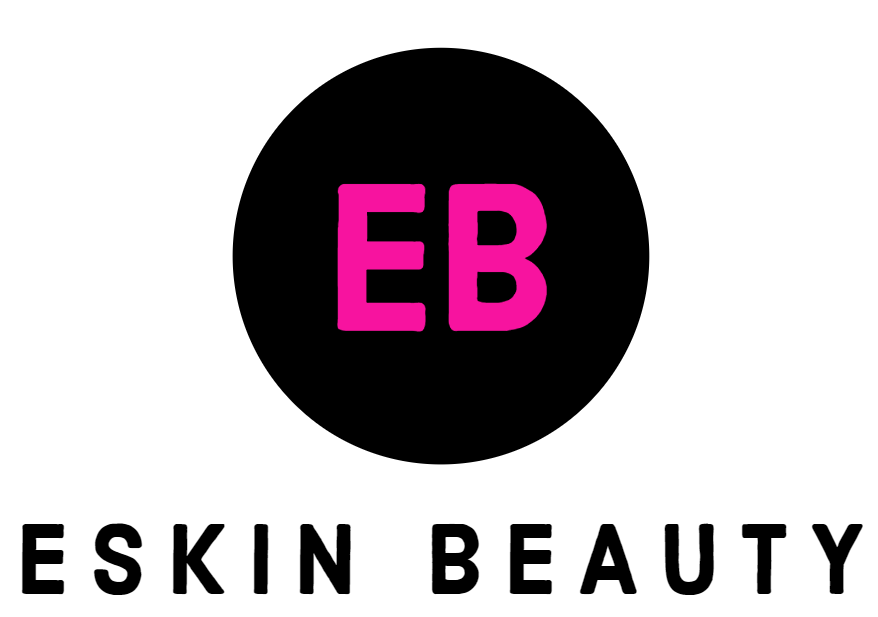




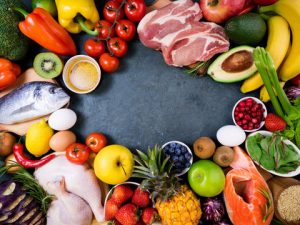
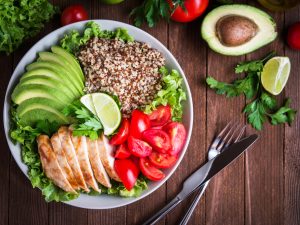
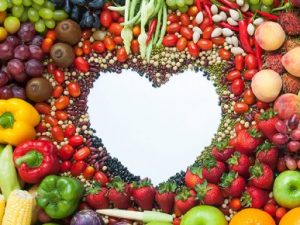



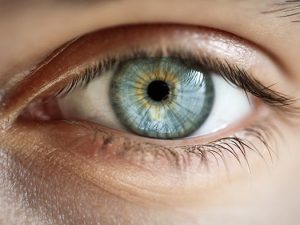

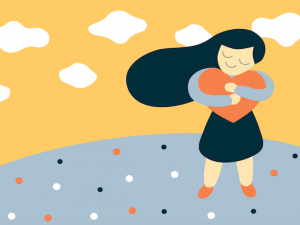
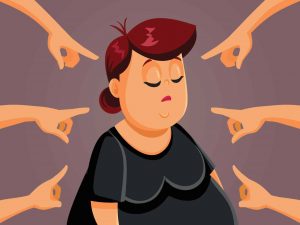




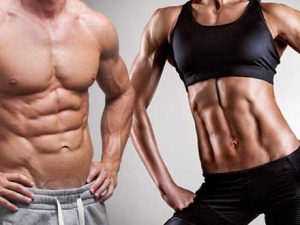










Add Comment